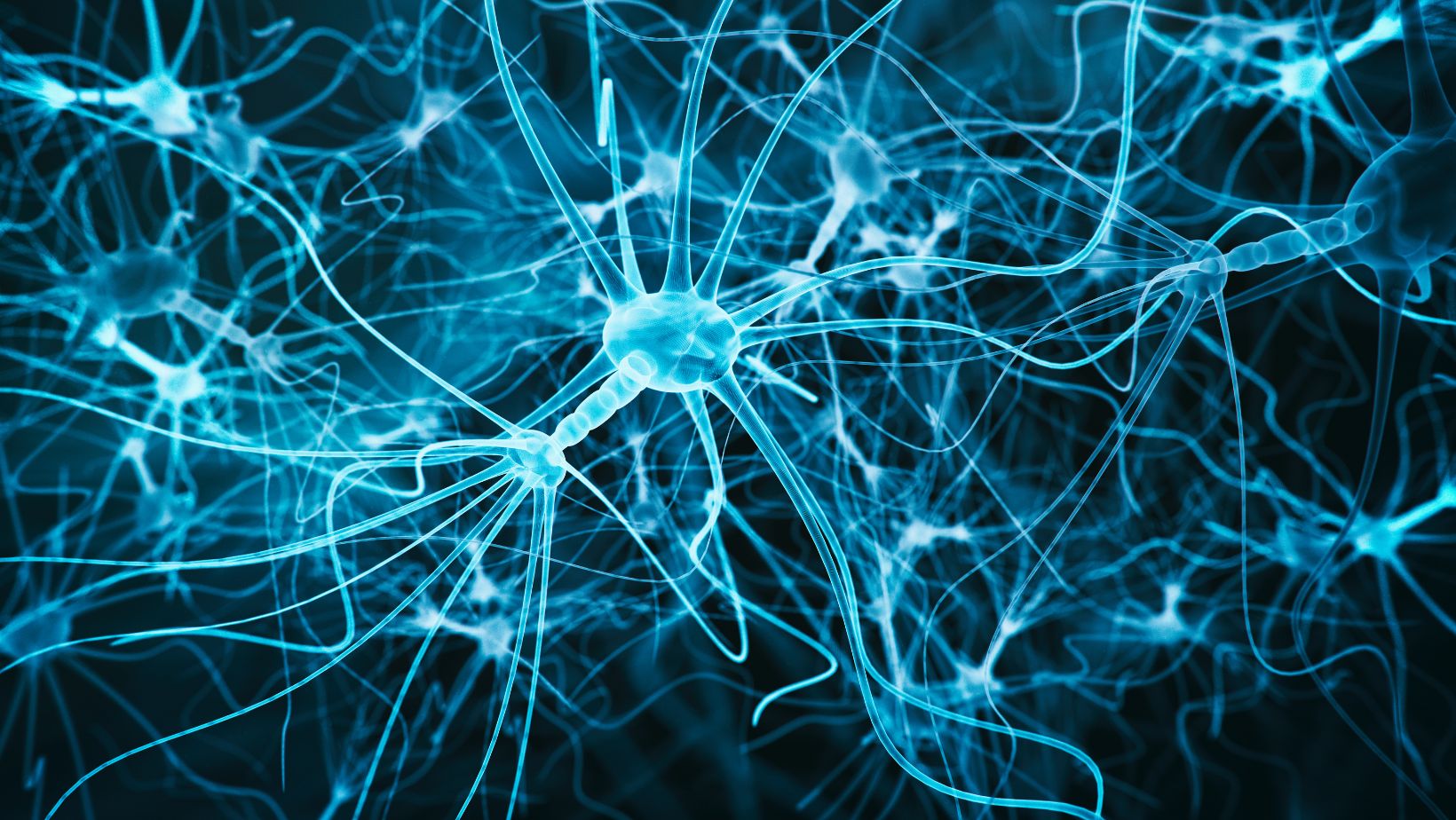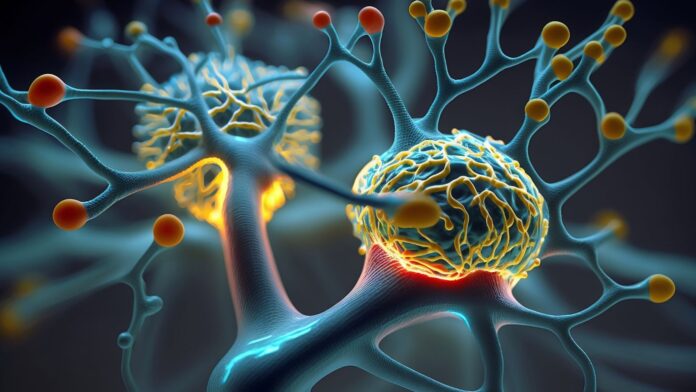You might be wondering why it’s important that all somatic motor neurons produce acetylcholine. Well, the answer lies in the way our muscles respond to this neurotransmitter. You see, acetylcholine binds to receptors on the muscle cells, triggering a series of events that ultimately lead to muscle contraction. Without acetylcholine, our muscles wouldn’t be able to receive the signals they need to move. So, the fact that all somatic motor neurons produce this neurotransmitter ensures that our muscles are able to function properly and carry out the movements we desire.
In addition to their role in muscle contraction, somatic motor neurons also play a part in maintaining muscle tone. Muscle tone refers to the slight tension present in our muscles even when they are at rest. This is important for maintaining our posture and stability. Somatic motor neurons continuously send small signals to our muscles, keeping them in a partially contracted state. This allows for quick and efficient movement when needed. So, not only do all somatic motor neurons produce acetylcholine, but they also contribute to the maintenance of muscle tone, further highlighting their importance in our everyday movements.
What are Somatic Motor Neurons?
Somatic motor neurons are a key component of our body’s neuromuscular system. These specialized neurons play a crucial role in our ability to move and control our muscles.
All somatic motor neurons produce a neurotransmitter called acetylcholine. This chemical messenger is vital for transmitting signals from the motor neurons to the muscles, allowing them to contract and produce movement. Without acetylcholine, our muscles wouldn’t be able to receive the signals they need to move, leading to paralysis or severe muscle dysfunction.
But that’s not all. Somatic motor neurons contribute to maintaining muscle tone as well. Muscle tone refers to the continuous low-level contractions in our muscles that are required for posture and stability. These contractions keep our muscles ready for action, ensuring that we can move smoothly and efficiently.
So, what sets somatic motor neurons apart? Unlike other types of neurons in our body, these neurons control voluntary movements, meaning they are under our conscious control. They allow us to perform daily activities like walking, talking, and even using our hands for intricate tasks.
Remember, the discussion on somatic motor neurons is not yet concluded. Stay tuned for more information on this fascinating topic.

All Somatic Motor Neurons Produce
As an expert in the field of neuroscience, I’m often asked about the fascinating world of somatic motor neurons and how they produce the vital neurotransmitter acetylcholine. Let’s delve into the intricacies of this process, which is essential for our ability to move and control our muscles.
All somatic motor neurons produce acetylcholine, a neurotransmitter that transmits signals from the motor neurons to the muscles. This neurotransmitter plays a critical role in facilitating communication between the nervous system and the muscles it governs. Without acetylcholine, our bodies would not be able to execute voluntary movements effectively.
So, how do somatic motor neurons produce acetylcholine? The process begins in a specialized structure within the motor neuron called the axon terminal. Within the axon terminal, there are small vesicles containing acetylcholine molecules. When an electrical impulse, known as an action potential, reaches the axon terminal, these vesicles release acetylcholine into the synapse.
The synapse is the tiny gap between the motor neuron and the muscle fiber it innervates. Once released, acetylcholine molecules diffuse across the synapse and bind to specific receptors on the muscle membrane. This binding triggers an electrical impulse in the muscle fiber, leading to its contraction.
It’s worth noting that the release of acetylcholine is tightly regulated by both the motor neuron and the surrounding neural circuitry. This precise control ensures that the correct amount of acetylcholine is released at the right time, allowing for smooth and coordinated movements.
To summarize, all somatic motor neurons produce acetylcholine, which is essential for muscle movement. Through a complex process involving vesicle release, synapse communication, and receptor binding, somatic motor neurons ensure that our muscles respond effectively to signals from the nervous system.
Understanding the intricacies of how somatic motor neurons produce acetylcholine allows us to appreciate the remarkable complexity and efficiency of our own movements.


